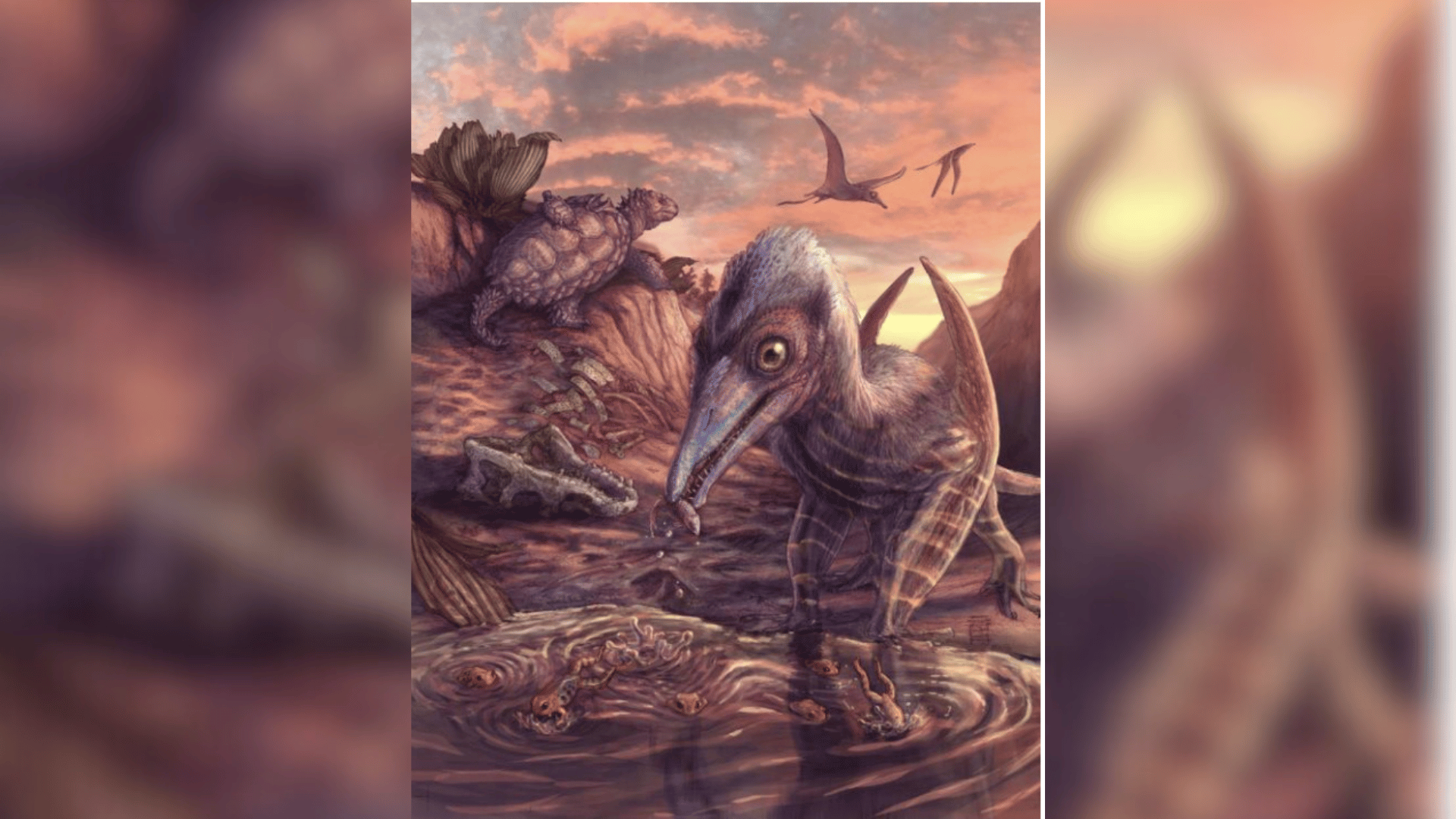A fossil was found along with thousands during a decades-long archaeological dig at a remote bone bed in the Petrified Forest National Park in Arizona. New research on the fossil provides insights into North America’s oldest known flying reptile.
Dino Discoveries

Paleontologists say the reptile lived during the late Triassic period and was the size of a “small seagull.” The Smithsonian-led paper, published in the Proceedings of the National Academy of Sciences journal, details the new pterosaur fossil discovery along with several others.
Ben Kligman, paleontologist and Smithsonian Peter Buck postdoctoral fellow, examined the fossil under a microscope at the Smithsonian. He compared the fossil to other Triassic jaw anatomy to determine whether another species had a similar jaw structure.
Through this comparison analysis, Kligman told CBS News that he and the other researchers concluded that, “Oh yeah, this is definitely a pterosaur — therefore, this is a very important discovery.”
The research team named the ptserosaur species the Eotephradactylus mcintireae, which means “ash-winged dawn goddess.” The name is meant to honor its discoverer, Suzanne McIntire, who volunteered in the Smithsonian’s FossiLab for 18 years.
The fossil was dated back to 209.2 million years ago, which is abnormally specific. The researchers were able to date it more accurately due to the level of volcanic ash found in the location of the fossil.
Scientists also noted that there are very few pterosaur fossils in existence, as their bones preserve poorly and they didn’t live close to areas where fossils typically form.
The study also details other findings, such as one of the oldest turtle fossils, giant amphibians, and armored crocodile relatives.
“The site captures the transition to more modern terrestrial vertebrate communities where we start seeing groups that thrive later in the Mesozoic living alongside these older animals that don’t make it past the Triassic,” Kligman said to the Smithsonian. “Fossil beds like these enable us to establish that all of these animals actually lived together.”


